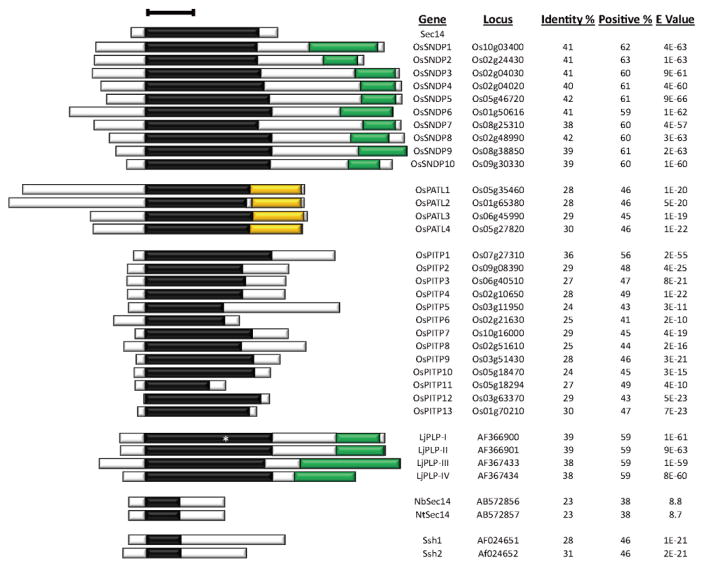Figure 2. Sec14-homology proteins of rice, birdsfoot trefoil, tobacco, and soybean.
Database searches were as described in the legend to Figure 1, and Figure labeling is also as described in Figure 1. The asterisk in the LjPLP-I denotes an amber stop in the Sec14-domain coding sequence (55), and the Lotus japonicus genome assembly build 3.0 tool (http://www.kazusa.or.jp/lotus/blast.html) predicts two annotated genes (Lj4g3v0988870.1 and Lj4g3v0988870.2, rather than a single Sec14-nodulin gene as shown here. The .1 and .2 suffixes indicate alternative splicing from the same pre-mRNA. The predicted Lj4g3v0988870.1 translation product is a 384 polypeptide containing the N-terminal 159 residues of the Sec14 domain, while the Lj4g3v0988870.2 is predicted to encode a 314 amino acid polypeptide consisting of a 79 residue C-terminus from the Sec14-domain joined to the nodulin-domain. As translational read-through of translation stop codons is known, we list the full-length LjPLP-I polypeptide (550 amino acids) as such read-through could potentially generate such a translation product at some low frequency. Thus, the Sec14-nodulin protein family of Lotus consists of at least three, and perhaps four, proteins. Abbreviations: Os, Oryza sativa; Lj, Lotus japonicus; Nb, Nicotiana benthamiana; Ssh, soybean Sec14 homolog.

